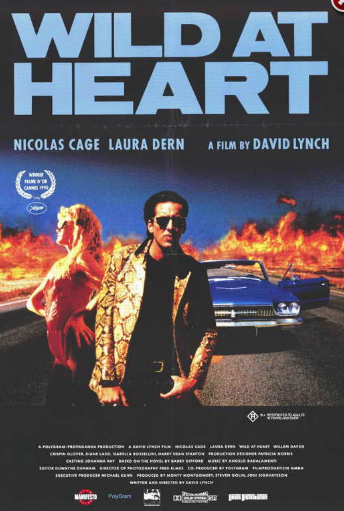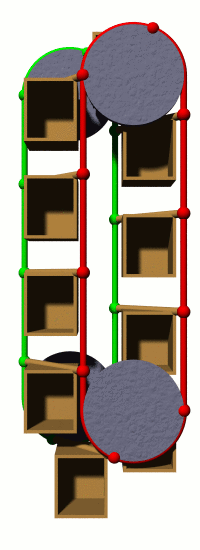Krampus: The Christmas Devil
zita kisgergely
It’s that time of year again, when everybody’s favorite Christmas celebrity makes house-calls to special children. We are, of course, not talking about St. Nick; that would be too obvious. Rather, it is time to celebrate the Krampus: Santa’s grotesque strong man. In North America, Santa leaves coal in naughty children’s stockings. In Central Europe, St. Nick is too busy passing out gifts to bother with his ‘naughty’ list. He employs a devilish little character known as ‘Krampus’ to do his dirty work. Krampus, who looks something like a sooty demon, invades homes, kidnaps children who were ‘naughty’, stuffs them in his bag and steals them away to a fiery neither world below, never to be seen again. Santa’s elf, he is not.
The Krampus, while an important aspect of Christmas in Hungary, actually originates in the more Germanic climes near the Alps. He is especially popular in Austria, where many cities and towns hold yearly parades of men dressed in Krampus costume, wielding gilded switches with which to swat the behind of anybody who stands too close. Traditionally, Krampus is represented by a devil-like mask, long horns, a dangling lizard tongue, and cloven hooves. Believed to a hold-over of the region’s Pagan past, Halloween can also be traced to the same rural tradition of animal and monster masks.
Krampus has long been a regular tradition in Central Europe (showing up on December 6th), but he is beginning to gain exposure in America as well. Recently, Krampus made an appearance on the Colbert Report, the popular political satire show, and Krampus parades have been held in more liberal cities like Portland, Oregon and San Francisco, California. Given how anti-septic and commercial most American Christmas traditions have become, it is no surprise that people crave a little darkness and ill-spirit around the holidays. As you will note: December 6th has passed this year, but be sure to be good, or Krampus will have you on his list next time around.
Below find some of the sexier Krampuses (Krampi?) from last year’s Krampus Festival in Munich, Germany.
Flatpack Films has many years of experience dedicated to offering expert servicing. It has brought the best of Hungary to countless brands, agencies, and production companies through its unique locations, exceptionally skilled crews, top of the line equipment and technical solutions. Backed by an impeccable track record, Flatpack Films has worked with world-class clients including Samsung, Samsonite, Toyota, Braun, Chivas Regal and many more - bringing their projects to life through a highly bespoke approach.


































